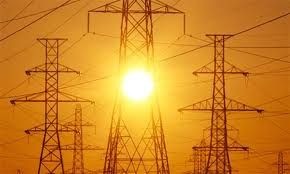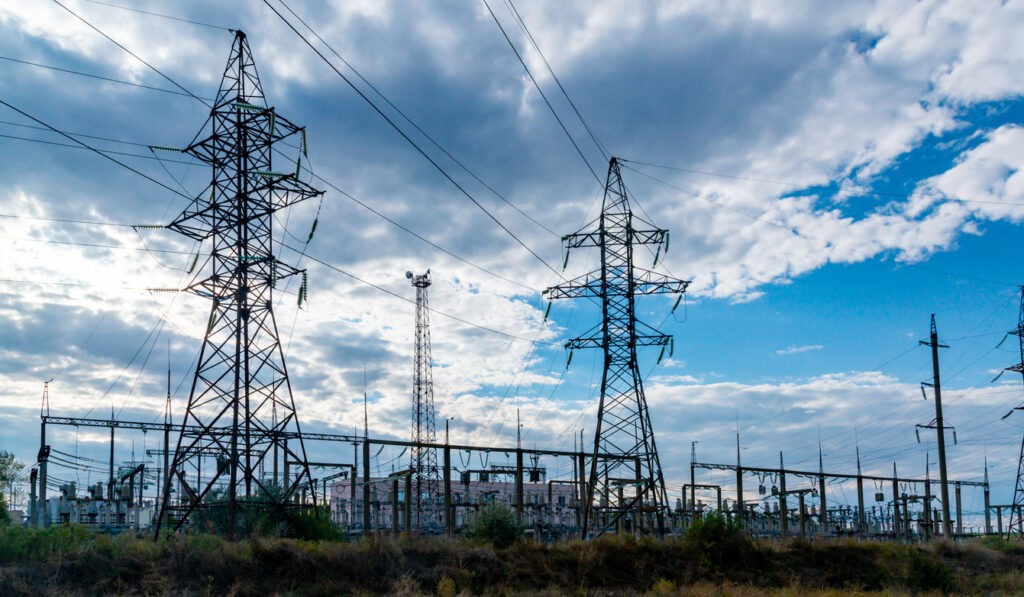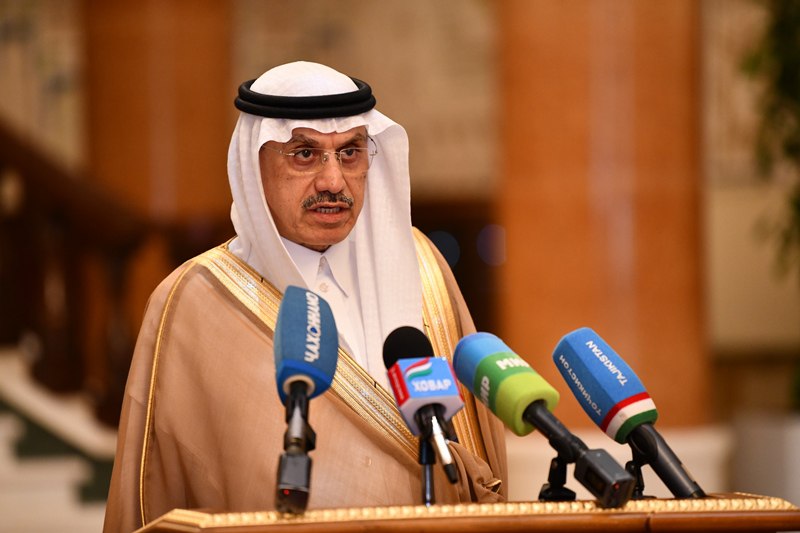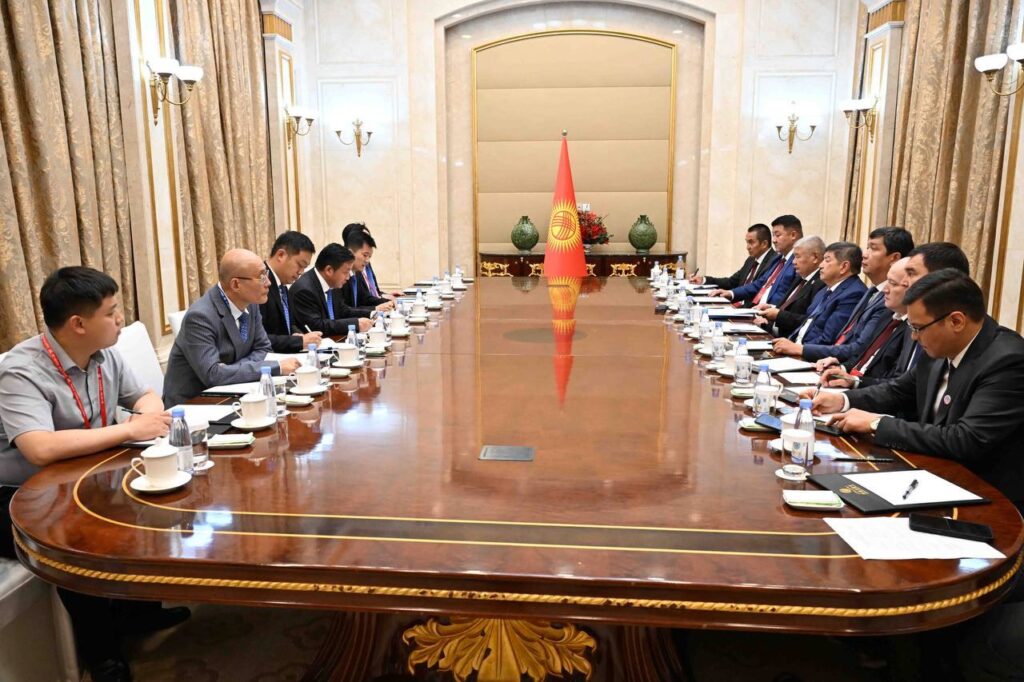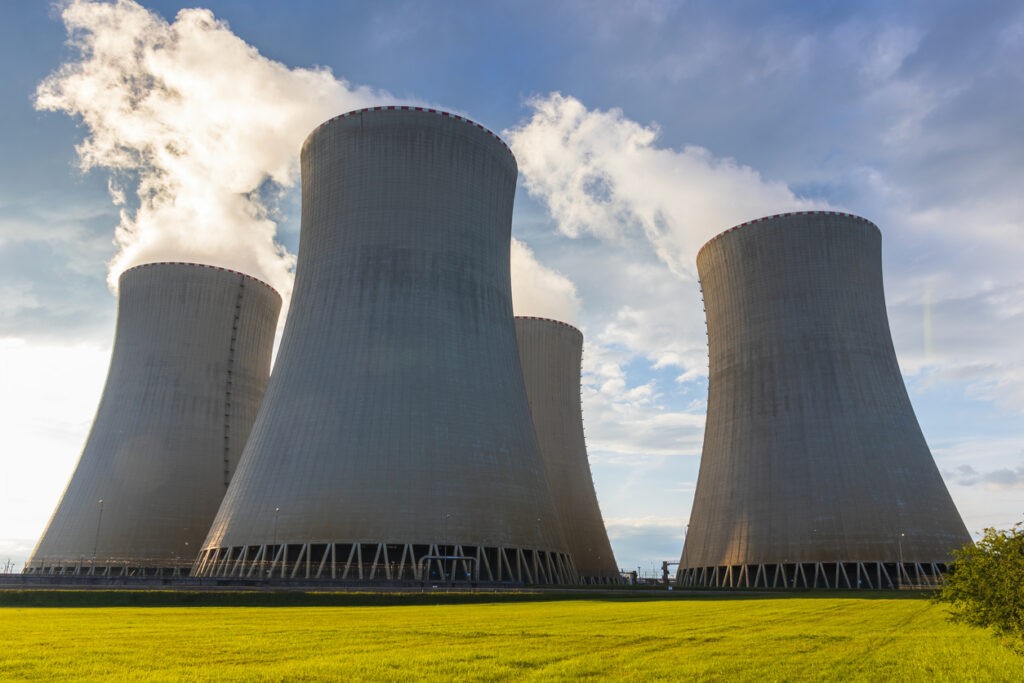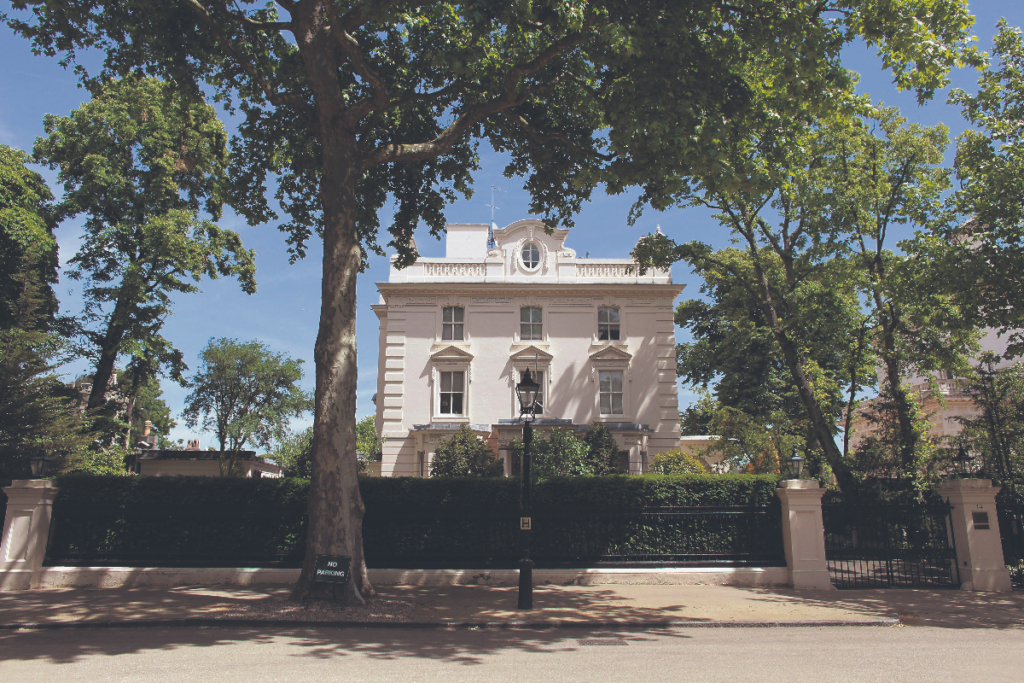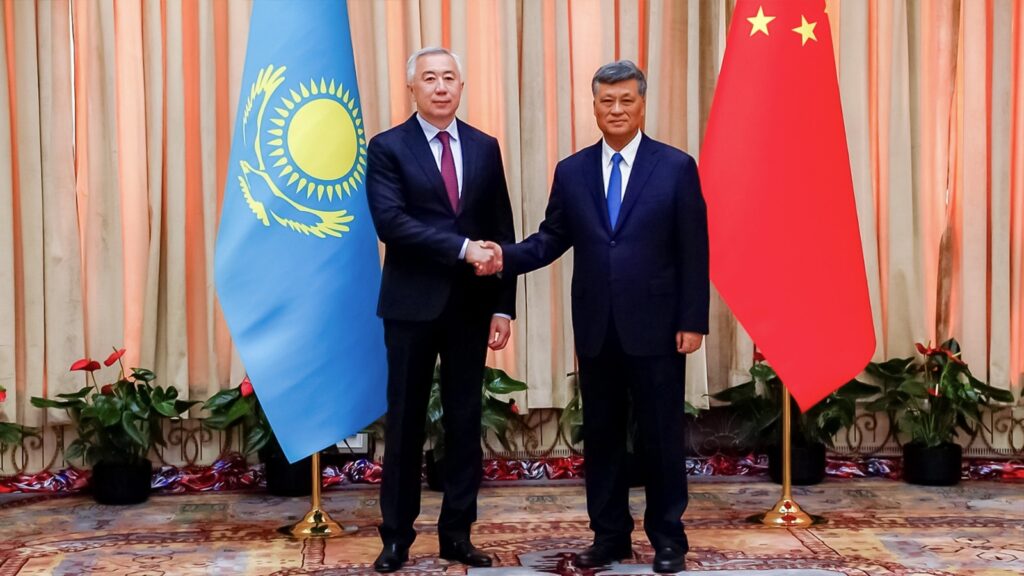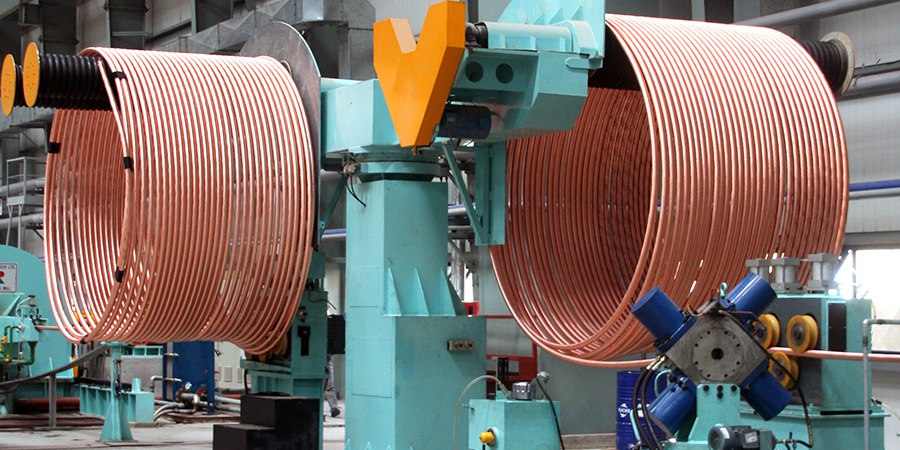ASTANA (TCA) — Kazakhstan now has a surplus electricity generation capacity of around 4-5 thousand MW a year and the country is considering the possibilities of electricity export and transit, Novosti-Kazakhstan news agency reported citing Bakytzhan Kazhiyev, chairman of the Kazakhstan Electricity Grid Operating Company (KEGOC).
“Today Kazakhstan has a surplus of around 4-5 thousand MW. The surplus of electricity is in the northern regions only, while the south of Kazakhstan is experiencing a power deficit,” he told a media briefing last month.
Kazhiyev said Kazakhstan is considering different directions for power export. “As to the Russia direction, they also have a surplus of power generation capacity of around 20 thousand MW. In spite of that, there is an agreement with [Kazakhstan’s] Ekibastuz Power Plant 2 on the supply of 200-300 MW of electricity to Russia,” he said.
Kazhiyev said China needs very large volumes of electricity. “They [Chinese] are not very much interested in electricity supplies to the border region of Xinjiang; they need power supplies to central China. We are negotiating such supplies with our Chnese colleagues.”
Speaking about possible electricity export to Afghanistan and Pakistan, Kazhiyev said these countries do have a demand for power, but “we have no transmission grids, no possibility to transfer surplus electricity that exists in Kazakhstan.”
Kyrgyzstan, Tajikistan, Afghanistan, and Pakistan recently launched a large electricity transmission project, CASA-1000, to transfer surplus electricity from the two Central Asian countries to energy-hungry Afghanistan and Pakistan.


